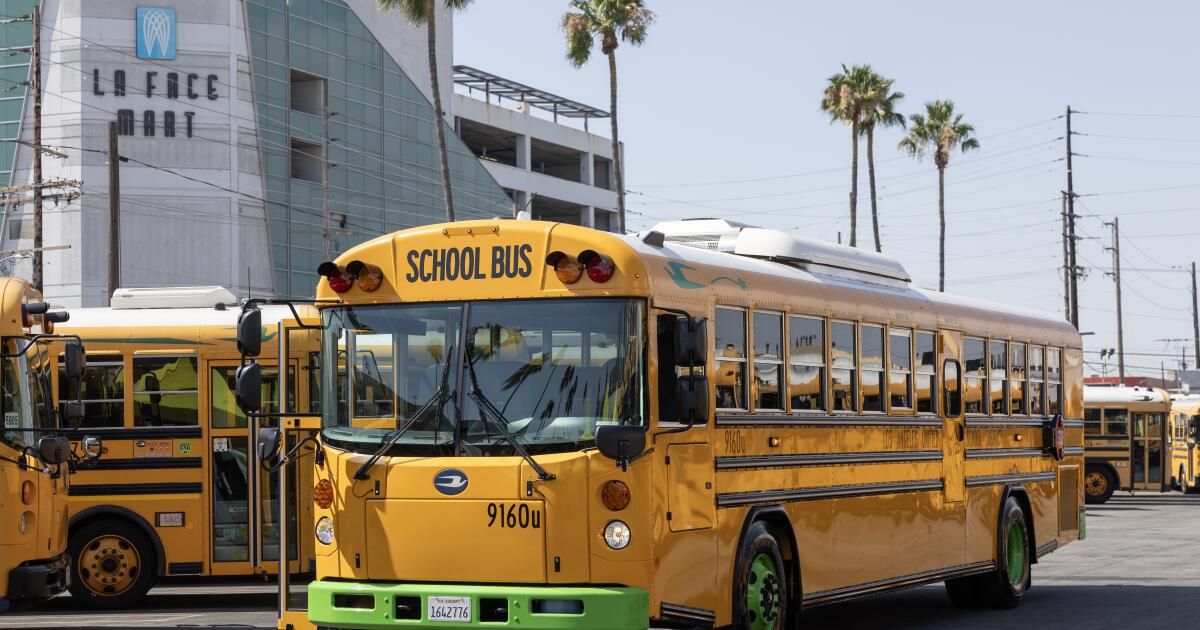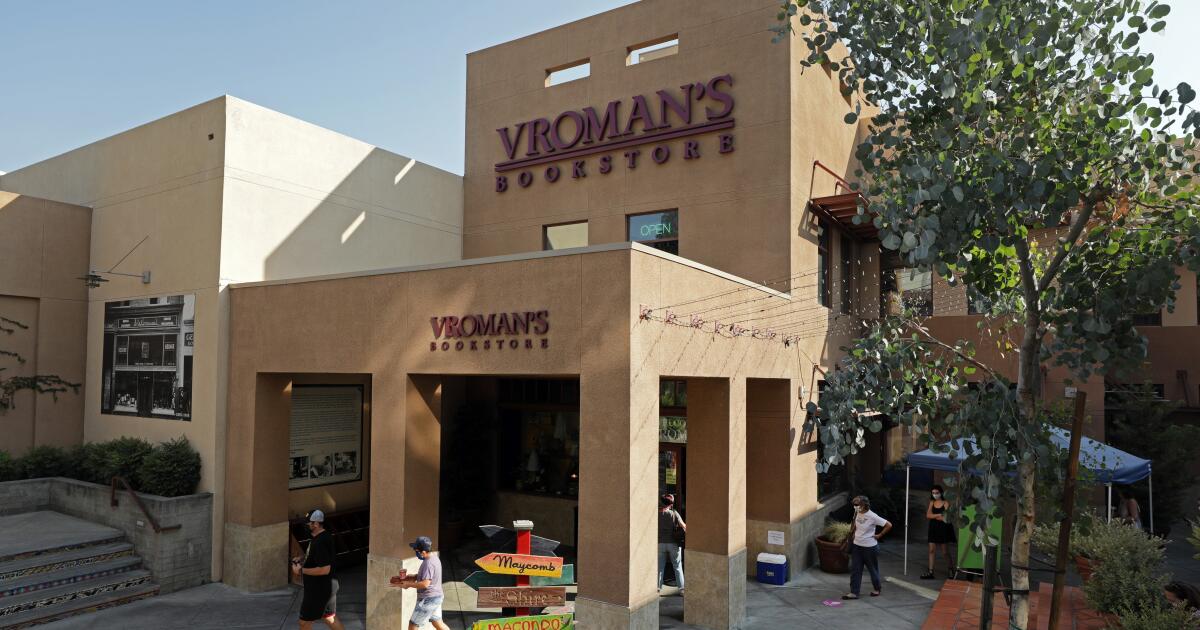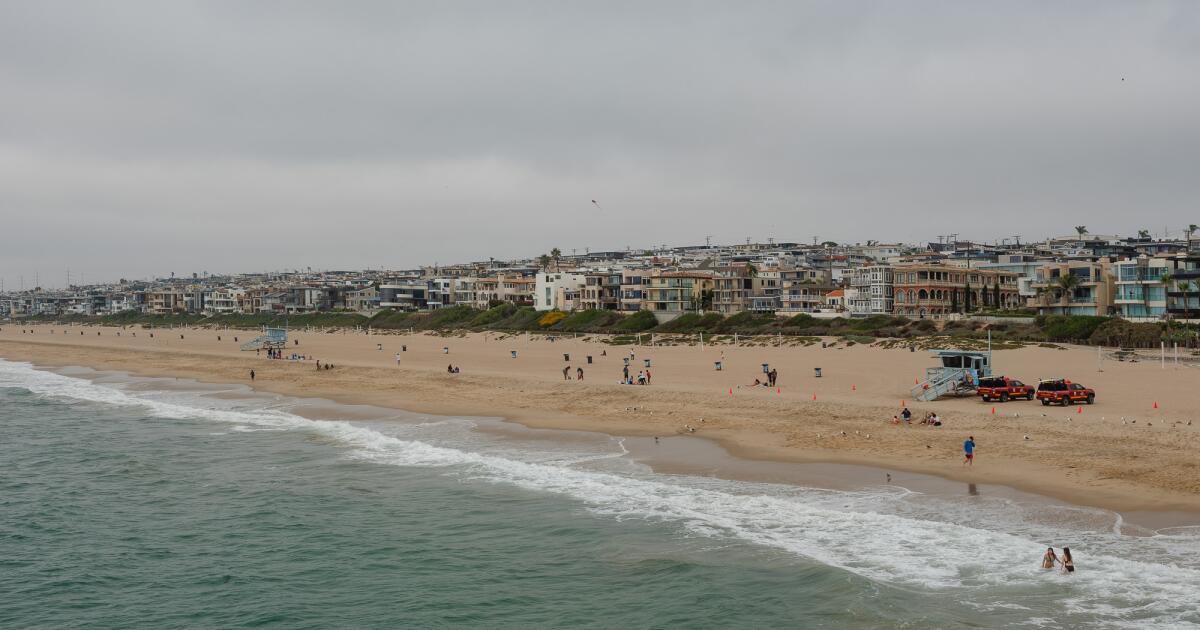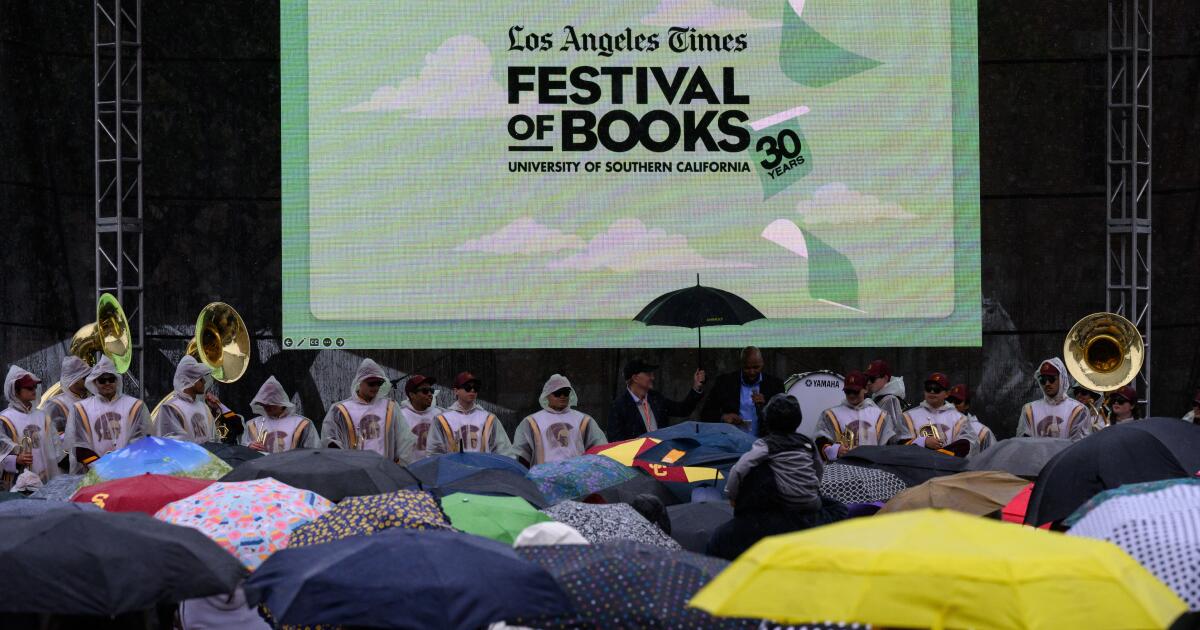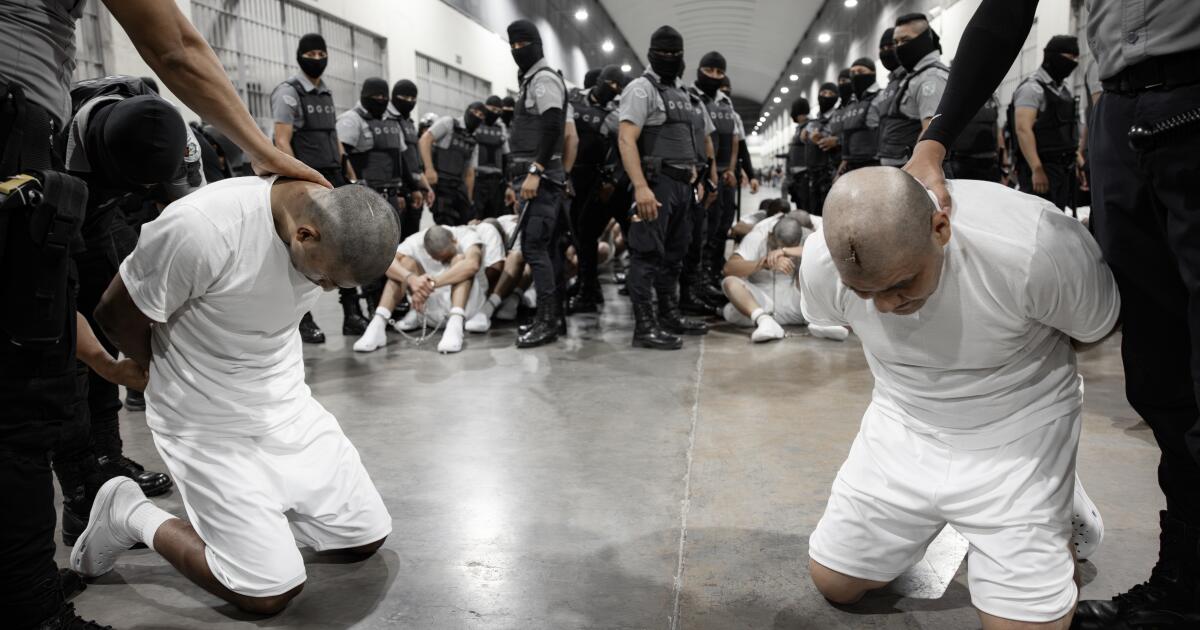The Los Angeles Board of Education on Wednesday voted unanimously to put a $9 billion school construction bond on the ballot in November, the largest in district history and comparable in size to the $10 billion state school bond measure already before voters.
If approved by at least 55 percent of voters, the Los Angeles Unified School District bond would raise property taxes on median-priced homes by about $273 a year, according to estimates by the Howard Jarvis Taxpayers Association. A district spokesman estimated the average impact would be about $100, and said the rate would be based on the assessed value of the home, not the market value.
The general tax rate will be $25 per year for every $100,000 of assessed valuation, adding to a property tax bill that already contains fees for other purposes, including repayment of previous school bonds.
“The time has come,” Los Angeles Schools Superintendent Alberto Carvalho said during Wednesday’s specially convened meeting. “I know it’s a tough question. It’s never easy, but what we do defines who we are.”
Making the question more difficult is that the Los Angeles Unified School District is asking for more funding for facilities amid steadily declining enrollment, a trend that experts say will ultimately lead to campus closures, including those that are part of the bond spending plan.
The $9 billion amount is “not too much,” Carvalho said, in the context of an estimated need of $80 billion, referring to a district estimate.
The benefits and costs of these bonds apply only to areas within the boundaries of the Los Angeles Unified School District. This includes the city of Los Angeles, as well as all or parts of about two dozen smaller cities, including Bell, Maywood, South Gate and San Fernando.
At Wednesday's meeting, nearly all public speakers strongly supported the bond, although some objected to some details.
The Howard Jarvis Taxpayers Association opposes the bond.
“At a time when Los Angeles homeowners are struggling to pay the high cost of living, including exorbitant utility bills, this bond would dramatically increase property taxes,” said Susan Shelley, vice president of communications for the group.
He added: “With enrollment declining, taxpayers have the right to ask that all possible cost savings be implemented before the district requests another tax increase.”
Los Angeles school officials said in a staff report that the needs “are great: More than 60 percent of school buildings are more than 50 years old and in desperate need of upgrades, meaning the majority of Los Angeles Unified students attend school in deteriorating, aging facilities that do not meet current learning and safety standards.”
The meeting was scheduled with 24 hours' notice, the legal minimum. The board had a Friday deadline to put the bond issue on the November ballot.
How would the bond money be used?
A summary of the initiative spoke of the need to “upgrade, modernize and replace aging and deteriorating school facilities, including school infrastructure and technological equipment.”
The goals also include “improving and expanding outdoor spaces and food services for students” and promoting “energy efficiency.”
Projections call for about $5 billion for “major modernizations, upgrades and reconfigurations of school campuses.”
Other funding areas include: $75 million for electric buses; $461 million for cafeteria improvements; $258 million to make spaces accessible to people with disabilities; $70.5 million for security cameras.
About $1.25 billion will be allocated to school greening projects, which could include planting trees, removing asphalt from playgrounds, installing outdoor classrooms and building shade structures.
Mireya Valencia, program director for the LA Neighborhood Land Trust, called for more, saying about $3 billion is needed for such efforts.
About $300 million has been tentatively set aside for charter schools, which enroll about 22% of the district’s students. That amount is too low, said Keith Dell-Aquila, an advocate for the California Charter Schools Association. He added that the district should adjust its plans for how the money would be spent.
District officials said they had flexibility in spending decisions but did not commit to specific changes.
Charter schools are privately run public schools that often use available space on district-operated campuses. The charter schools association has not taken a position on the bond.
All board members praised the bond initiative, but board member Nick Melvoin said the district needs to examine its construction practices.
“We need to do things more efficiently, faster and cheaper,” Melvoin said. “We need to work harder and better.”
A story of overcrowding
From the mid-1980s to the early 2000s, the school system coped with overcrowding by operating year-round, but on a calendar that reduced the number of instructional days for students by nearly a month. And scheduling constraints excluded many students from advanced courses. Meanwhile, playgrounds became seas of asphalt interrupted by portable classroom buildings.
In response, the school system has passed a series of bonds since the late 1990s.
High construction costs reduced the original scope of the projects, but the effort allowed students to return to a full school year and to their neighborhood schools. This was possible in part because enrollment began to steadily decline, a trend that has continued.
New challenges in 2024
The current challenge is to repair aging campuses and modernize and improve classrooms and school buildings.
The current construction program has not yet run out of money. About $3.5 billion has been allocated to projects that have been approved but not put out to bid. Another $1.8 billion is earmarked for projects that the Board of Education has not yet approved.
An example of the current wave of projects is the ongoing reconstruction of Belvedere High School in East Los Angeles and Roosevelt High School in Boyle Heights.
Bond-funded construction work could also be seen Monday at Jordan Middle School in Watts. Bond money had been used to build a wellness clinic that will serve the physical and mental health needs of families in a low-income community that lacks health care.
This clinic first opened in 2008, but the provider was unable to keep it running during the COVID-19 pandemic. A new provider, UMMA Community Clinic, will take over the renovated facility.
“What we have behind us is proof positive that what is happening in this community is not yet a reality. [in] “There are so many other communities,” Carvalho said at the clinic’s grand opening. “So continued investments in physical infrastructure, like these wellness centers, air conditioning units, roofs and window replacements. All of the things we want to see in every community remain a priority for our district and our school board.”
What's happening with the state school voucher?
Proposition 2 would allow the state to borrow $10 billion to help fund repairs and improvements at school districts and community colleges.
The money from the last successful school bond, which passed in 2016, was long spent, and the state’s school repair fund is expected to run out in January. There is a waiting list of districts hoping for the new bond to pass so that $3.4 billion can be provided for already-approved projects to fix dangerous mold, leaky roofs and septic systems, as well as build classrooms, modernize science labs and replace aging buildings.
If approved by a simple majority of voters, the bond would allow lawmakers to borrow money that would be repaid from the state budget over time.
Los Angeles officials estimate the district could be eligible to receive about $700 million from the state bond.

